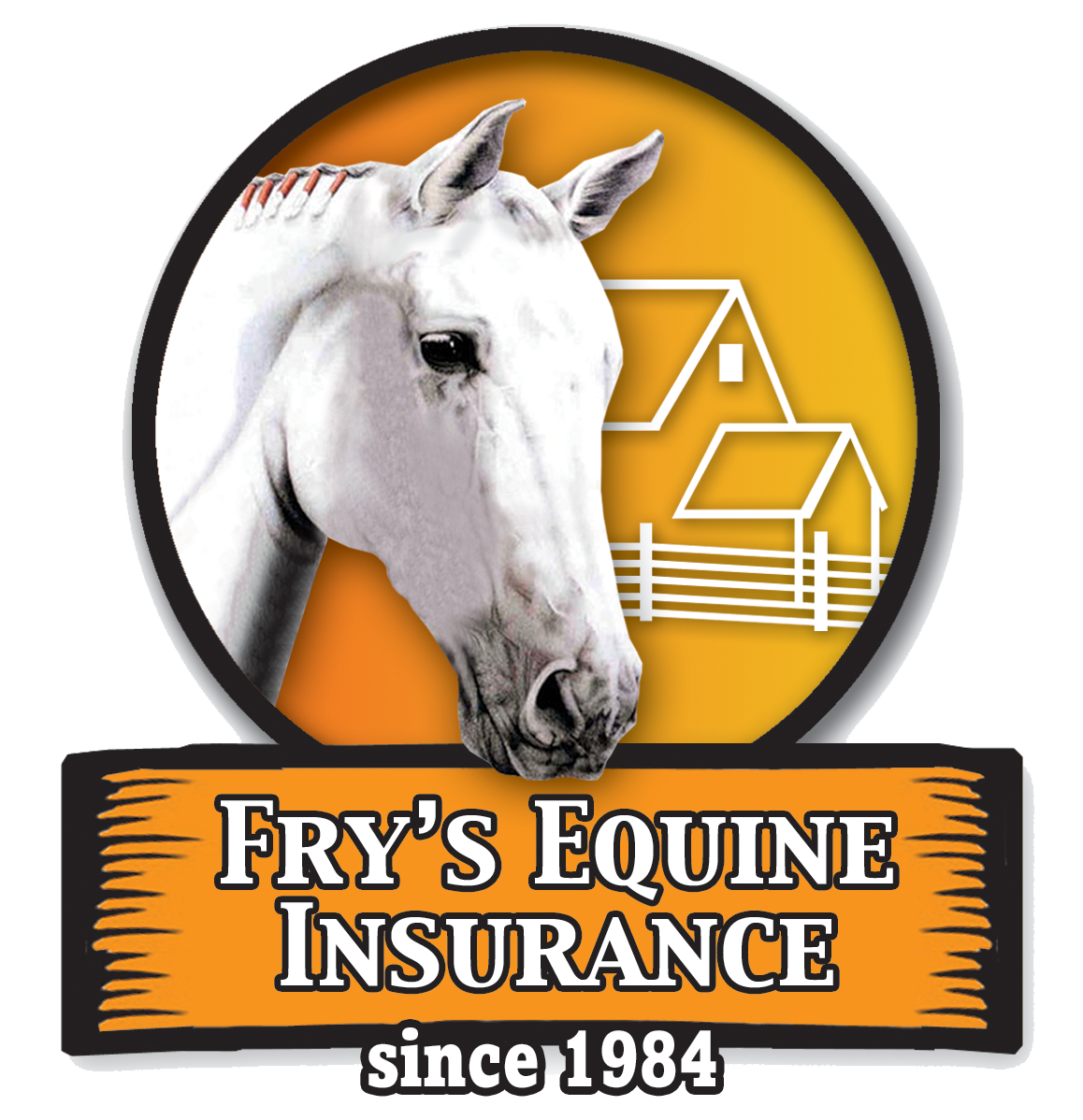This article is from the NAIC and provides pertinent information concerning Extreme weather.
With a rise in extreme weather, disaster planning is essential to survival and recovery
Unpredictable weather patterns are more frequent now than ever, with more intense weather activity throughout the country. No matter where you live, now is the time to prepare. The National Association of Insurance Commissioners (NAIC) offers these tips to help you prepare for extreme weather events and natural disasters.
Understanding Extreme Weather Hazards
Unpredictable weather means storms can come on quickly, taking you by surprise. Here are a few examples of extreme weather:
- Tornadoes can hit anywhere, anytime. Of the 50 states, 49 have experienced a tornado since 2005. Make sure to identify a shelter and practice an annual family tornado drill.
- Flash floods are the cause of the most deaths associated with severe weather. It takes just 12 inches of rushing water to carry away a car. Don’t ever drive or walk into flood waters, and never underestimate the power of flowing water.
- Lightning is common, even if getting struck is rare. Stay inside during a lightning storm, take precautions such as unplugging your appliances and avoid talking on a phone.
- Hurricanes are powerful and destructive. Check that walls, eaves and the roof of your home are secure and are up to current codes. Inexpensive mitigation improvements can make your home safer and protect it from costly damage.
Create a Home Inventory
To make the claims process easier, create a home inventory of your belongings. Include identifying information about your possessions (brand name, price, purchase date, model, serial number and receipts) and take photos. Store copies of your insurance policies with your home inventory. The NAIC has a free smartphone app that will help you create a database of your possessions. The app is available for iPhone and Android. A simple-to-use, printable home inventory checklist is also available.
If you don’t have time to create a full list of the items in your home, consider videotaping and/or taking photographs of every room, including the basement and garage.
Collect Your Insurance Information
Be sure you have the proper homeowners or renters coverage for you, then become familiar with your policies. Make sure you know what’s covered. If you have questions, contact your insurance agent or insurer.
Flood damage is generally not covered by a standard homeowners or renter’s insurance policy. If you have a separate flood insurance policy, remember to include a copy of the policy and the contact details for the insurer on your list. Flood is a covered event in most auto insurance policies.
Just Before a Storm
For personal safety, identify the nearest storm shelter and have an emergency or evacuation plan. Practice your plan and make sure everyone knows where emergency supplies are stored. Prepare a storm survival kit.
If you must evacuate your home, turning off the utilities and disconnecting appliances can reduce the chance of additional damage when utilities are restored.
After the Storm
The days following a natural disaster can be confusing and stressful. However, filing your insurance claim quickly can help protect your financial future. Note that you may have a limited time frame to report losses.
Protect Yourself from Fraud
Unfortunately, home repair fraud is common. Get more than one bid from contractors and request references. Ask for proof of necessary licenses, building permits, insurance and bonding. Check for any complaints with the Better Business Bureau. Finally, be wary of contractors who demand upfront payment for repairs.
